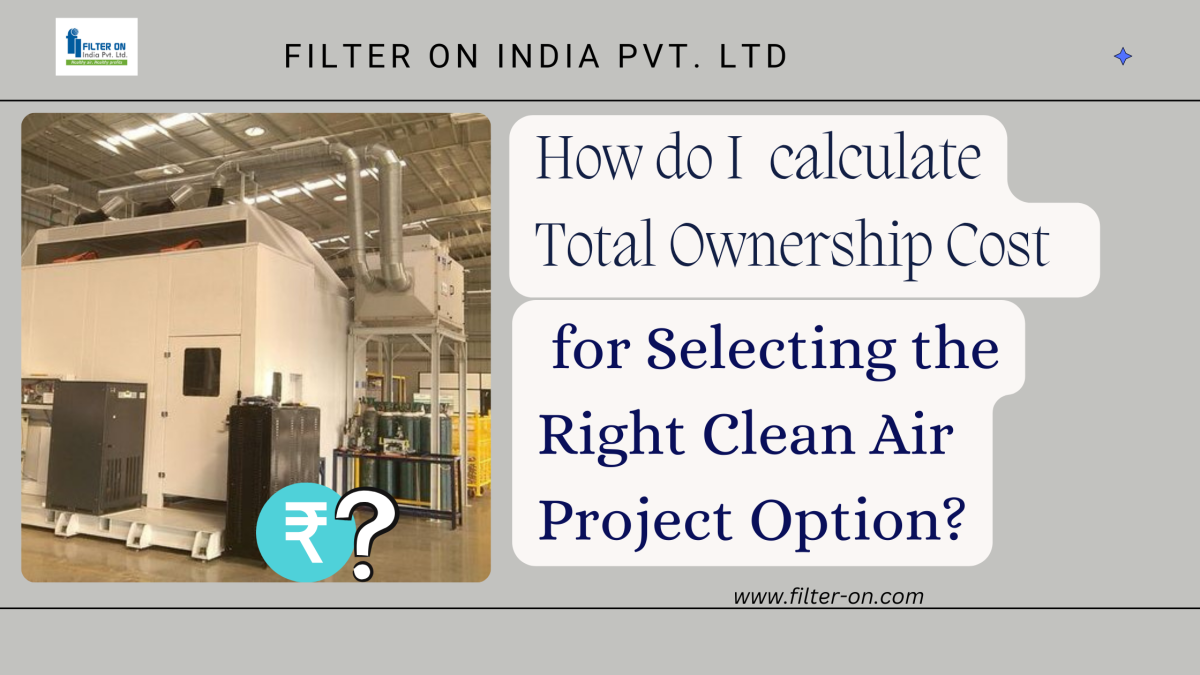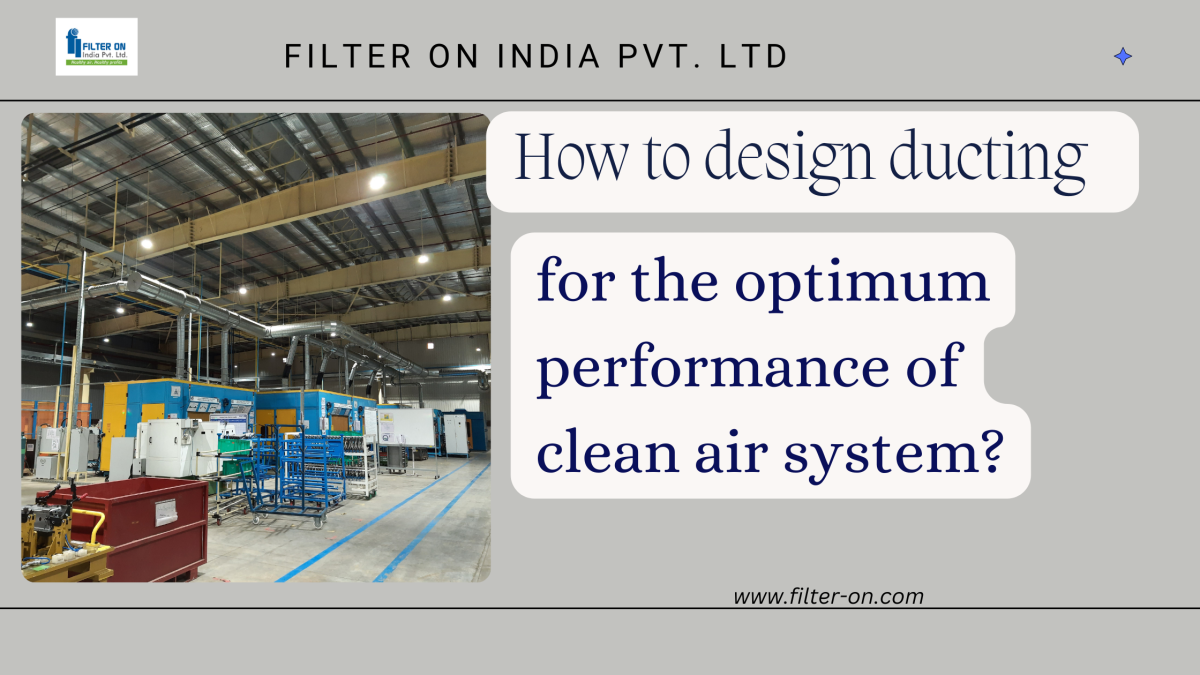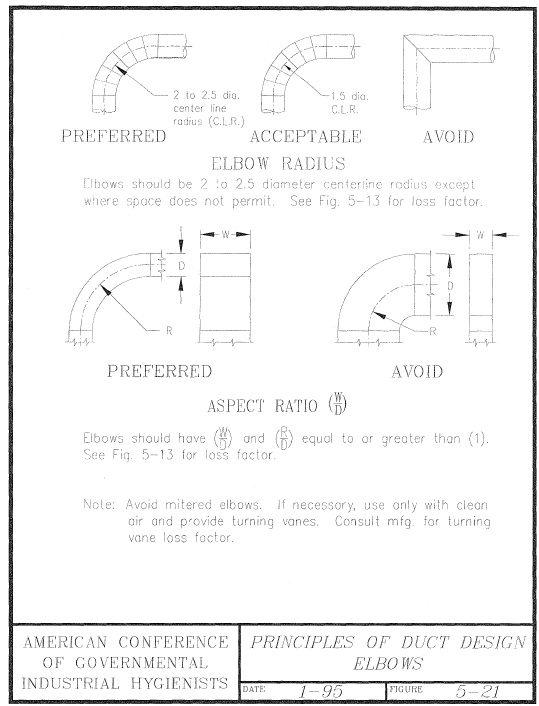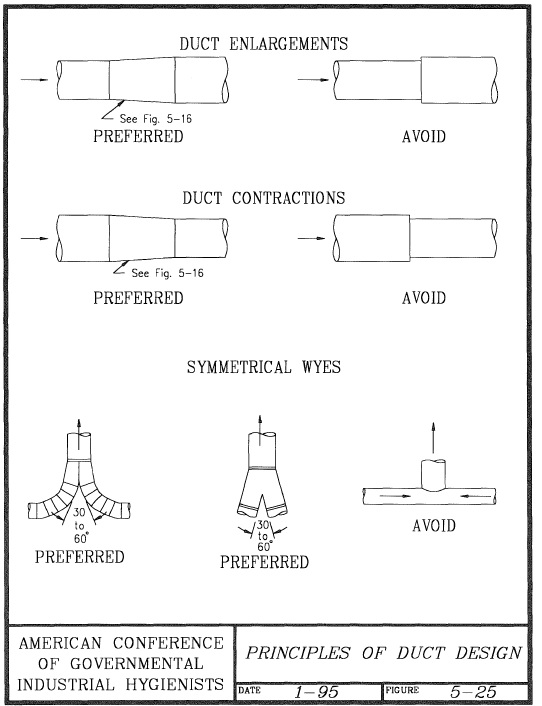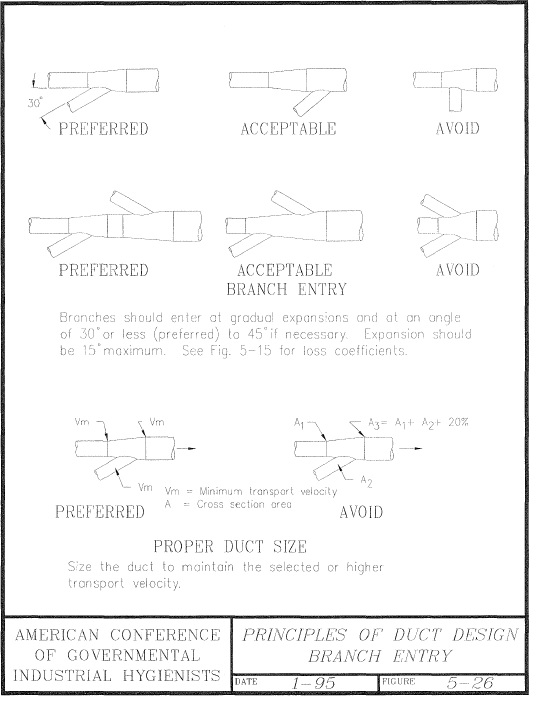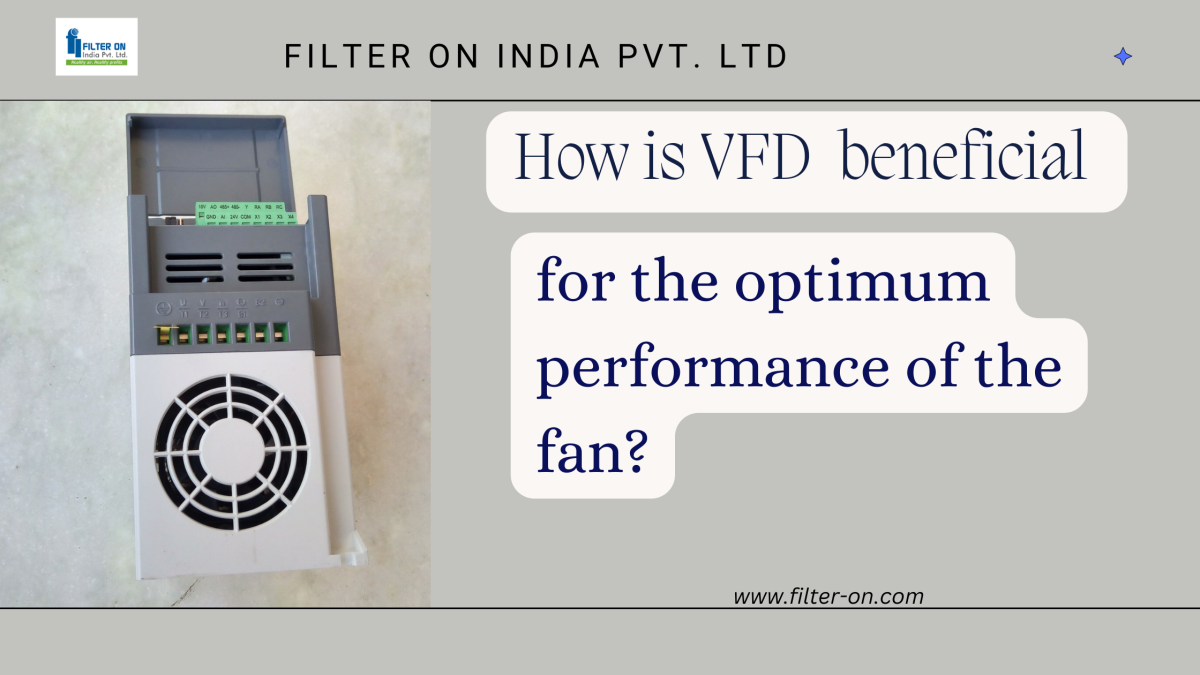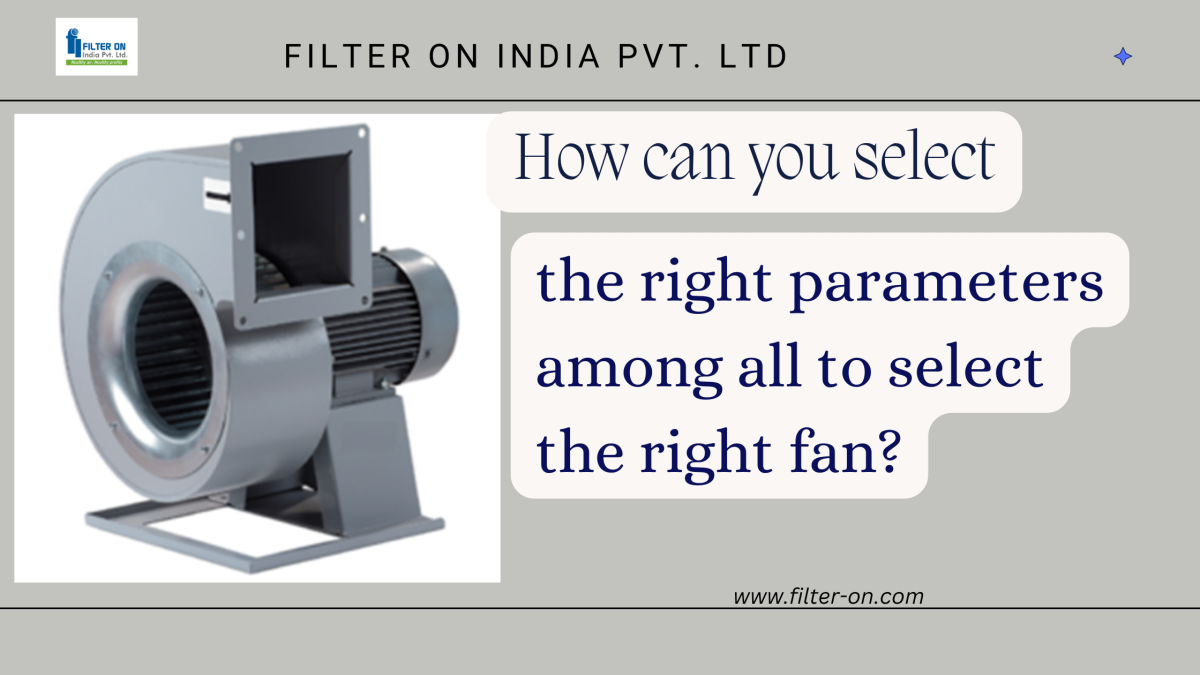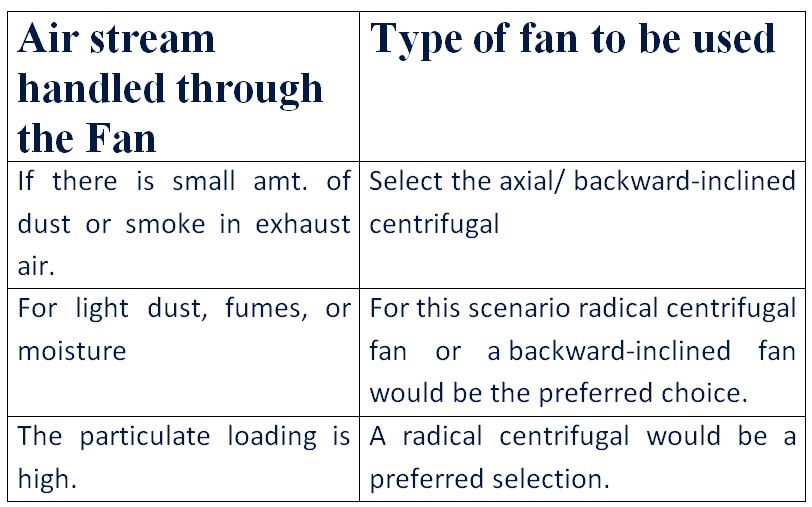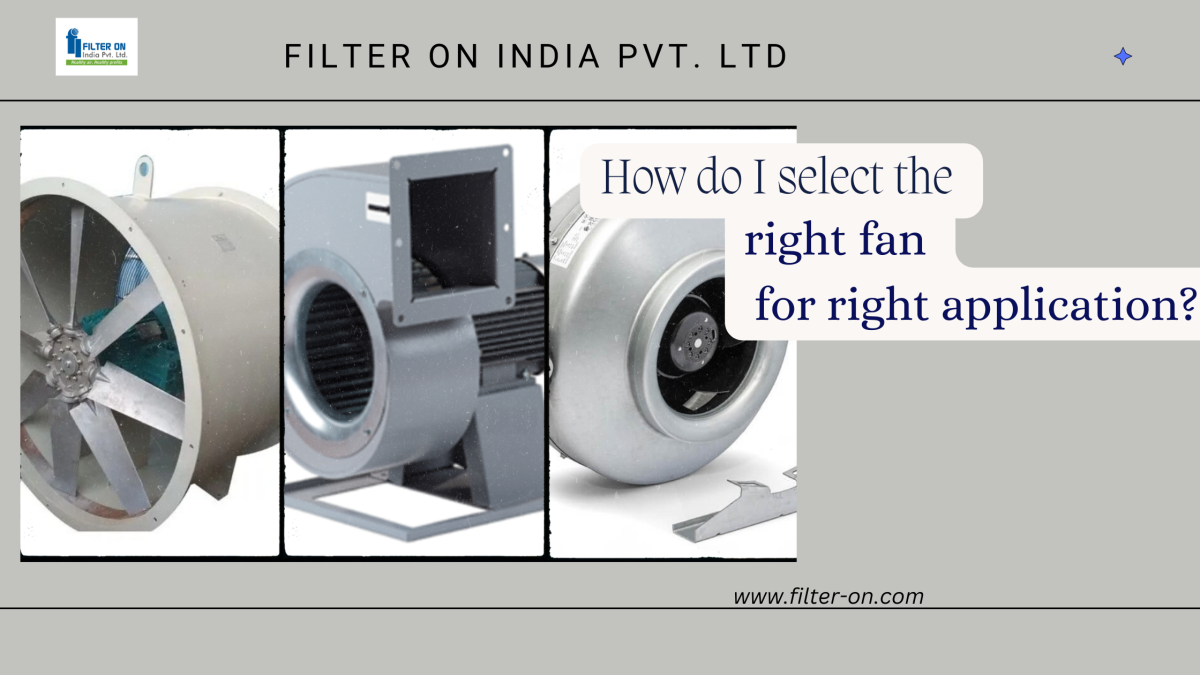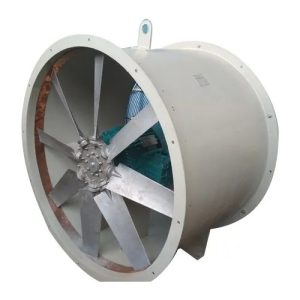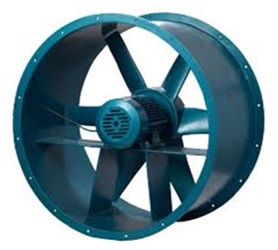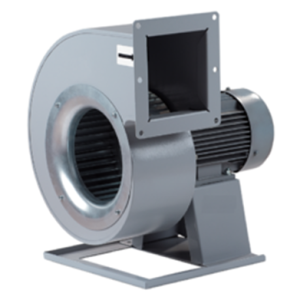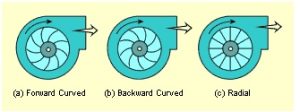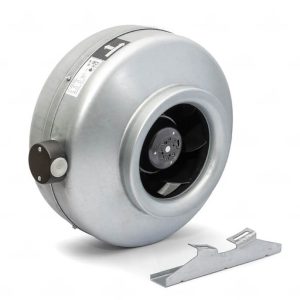Analyzing Total Ownership Costs: Selecting the Right Clean Air Project Option
In the previous couple of blogs, we discussed planning and designing clean air systems, including choosing the right filtration technology and fan selection. Total ownership cost is a crucial parameter to consider, including filter technology, air flow capacity, running costs, filter replacement costs, blower capacity, and ducting length.
What is the total ownership cost?
Total ownership coat, a management accounting concept, helps determine the direct and indirect costs of a product or service over the long term to arrive at the correct decision while making decisions.
What is the total ownership cost of a clean-air system?
Total ownership cost for a clean air system consists of some parameters such as air flow capacity, filter efficiency, compliance with EMS, size of equipment, considered duct length, static pressure, blower capacity, cell configuration, total initial investment cost, running cost for 1 year, AMC charges per year, standby filter cell, replacement cost of the filter, any optional accessories, etc.
In short:
Total Ownership Cost concept for 3-5 years (installation cost + running cost + maintenance cost + replacement cost = Total Ownership Cost)
Consider a simple case study to illustrate this concept. A fume extraction system with a 45,000 CMH airflow capacity—three options based on different filtration technologies—is worked out.
You can read about the above 3 technologies in our previous blog article <a href="https://filter-on.com/2024/04/05/selecting-the-right-filtration-technology/" style a:link, a:visited { background-color: #f44336; color: white; padding: 15px 25px; text-align: center; text-decoration: none; display: inline-block; } a:hover, a:active { background-color: red; } here.
Total Ownership Cost Structure
| Parameters | ESP Technology | Cartridge Technology | Wet type:Venturi Scrubber |
|---|---|---|---|
| Airflow Capacity | 45000 CMH | 45000 CMH | 45000 CMH |
| Filtration Efficiency | 95+/-2% for 0.5 micron and above particles | It depends on media selection. Generally chosen cartridge: 99% for 1 micron or 0.5 micron for welding fumes | 99% for 5 microns and 98% for 2 microns |
| Compliance with EMS | Filtered air output is less than 5 ppm. | Filtered air output is less than 5 ppm. | Filtered air output is less than 5 ppm. |
| Size of Equipement | Compact | Larger than ESP system. | The biggest of the three |
| Considered Duct Length | Approx. 100 mtr. per system | Approx. 100 mtr. per system | Approx. 100 mtr. per system |
| Blower Capacity | 50HP/37Kw | 100HP/74.5Kw | 150HP/112Kw |
| Total Initial (Basic) Investment Cost (Equipment, Ducting, and Installation) | INR 60.16 lakh | INR 76.31 lakh | INR 104.81 lakh |
| Running Cost for 1 Year (considering 16 hours per day x 300 days and 10 Rs/unit) | INR 17.76 lakh (per year) X 3 years = 53.28 lakh | INR 35.76 lakh (per year) X 3 years = 107 lakh + compressed air charges | INR 53.66 lakh (per year) X 3 years = 161 lakh + water charges |
| AMC Charges per Year (All Scope) | Approx. Rs 6 lakh (for 12 visits per year) X 3 years = 18 lakh | Approx. 1 lakh (for 4 visits per year) X 3 years = 3 lakh | Approx. Rs 6 lakh (for 12 visits per year) X 3 years = 18 lakh |
| Replacement Cost Filter | After 3 years, Rs 1.20 lakh for pre- and after filter replacement & After 5 years, Rs. 3 lakh for ESP filter refurbishment | After 2 years, Rs 9.90 lakh | N/A |
| Optional accessories like a VFD, PLC, motorized damper, spark trap, etc. | INR 12.92 lakh | INR 19.73 lakh | INR 27.15 lakh |
| Total Ownership Cost for 3 Years | 154.56 Lakh | 215.94 Lakh | 310.96 Lakh |
Total Ownership Cost Structure
| Cost Parameters | Cost Of ESP Technology | Cost Of Cartridge Technology | Cost Of Wet type:Venturi Scrubber |
|---|---|---|---|
| Installation Cost | 60.16 lakh | 76.31 lakh | 104.81 lakh |
| Running Cost | 53.28 lakh | 107 lakh | 161 lakh |
| Maintenance Cost-AMC | 18 lakh | 3 lakh | 18 lakh |
| Replacement Cost | 1.2 lakh | 9.9 lakh | 0 |
| Optional Cost | 12.92 lakh | 19.73 lakh | 27.15 lakh |
| Total Ownership Cost for 3 Years | 154.56 Lakh | 215.94 Lakh | 310.96 Lakh |
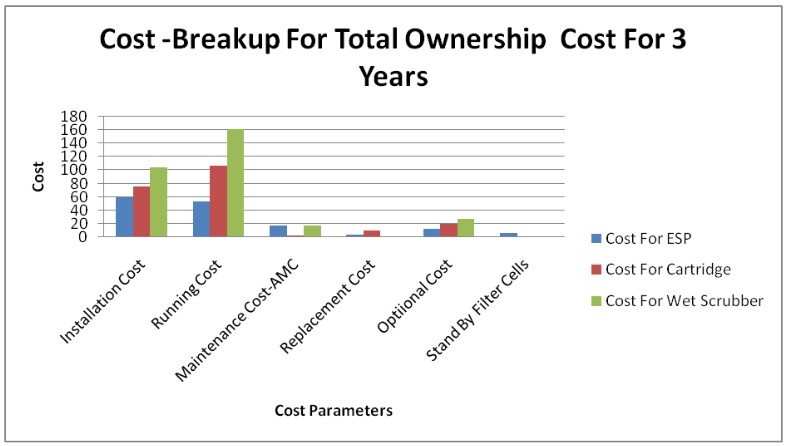
Total Ownership Cost Structure
| Technology | Total Ownership Cost |
|---|---|
| ESP Technology | 154.56 lakh |
| Cartridge Technology | 215.94 lakh |
| Wet/Venturi Scrubber Technology | 310.96 lakh |
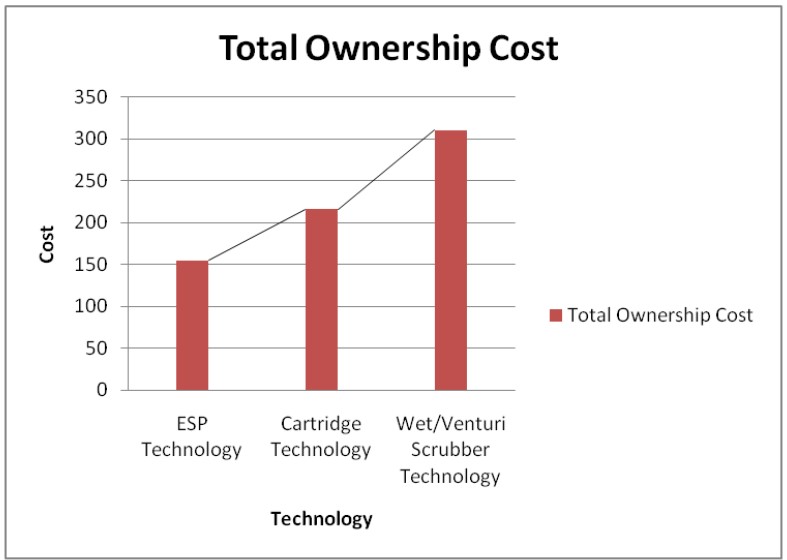
Fig: Total ownership cost(Technology wise breakup)
Understandings from the above example:
As per the above example of total ownership cost calculation about the 3 technologies, we can conclude that the ESP technology is totally beneficial in the long run as per the costing, as the total cost is very low; it’s only 154.56 lakh as compared to cartridge technologies 215.94 lakh and wet scrubbers 310.96 lakh for the period of 3 years.
Key takeaways from the above example:
- From the above example, you can see that the total cost of ownership of ESP technology is low as compared to the other two technologies.
- The total cost of ownership consists of several parameters that are very important, including air flow, blower capacity, initial cost, filter cost, cost of ducting, etc.
- The most important parameter of the clean air system is air flow calculation, so air flow rate is the most comparable factor to check which proposal is capable of solving your industrial indoor pollution problem.
Visit blogs to learn more about the critical features of clean air system design and air pollution control systems created by Filter On India.
Filter On India has been working towards “Mission Zero Pollution” for the last 40+ years as a clean air solutions partner for industries. We specialize and have expertise in welding fumes, oil mist, coolant mist, dust collection, soldering, laser marking, laser cutting, plasma cutting, fumes in fastener manufacturing, ball point tip manufacturing, oil quenching, kitchen fumes, etc. Filter On has 70+ clean air solutions, so you can contact us for more information about our solutions. You can reach us through the web or visit us at our corporate office at Pune and our virtual locations at Delhi, Bangalore, Ahmadabad, Hyderabad, or Chennai locations.
Facebook
Twitter
LinkedIn


